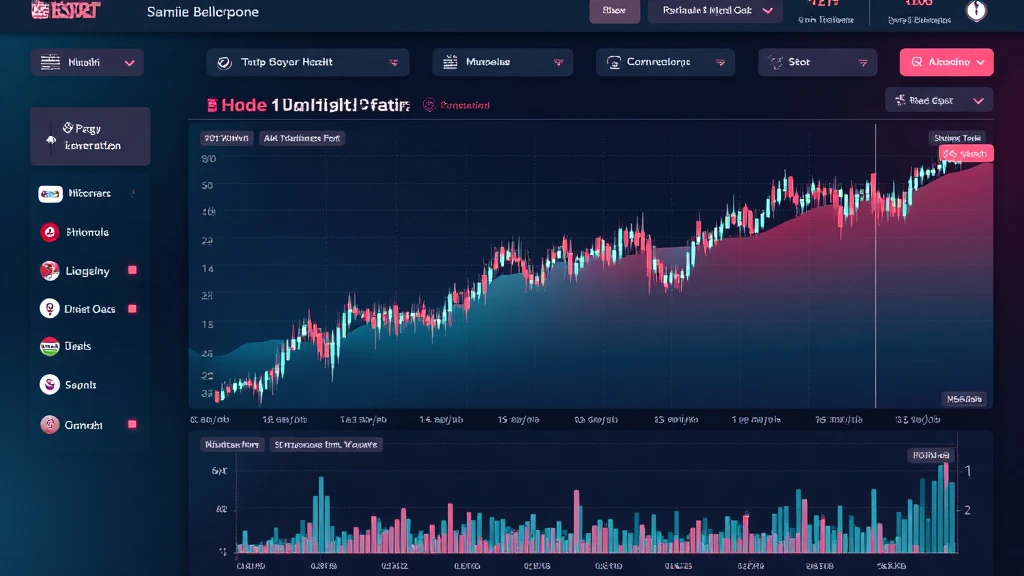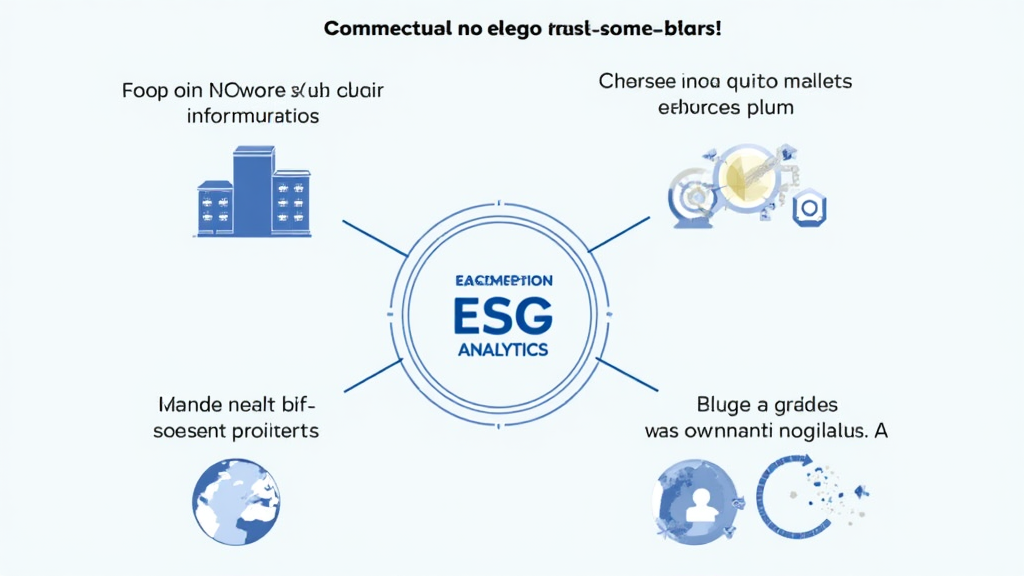Exploring Bitcoin Mining Energy Sources
Bitcoin mining has become a significant topic of discussion, especially concerning its energy consumption and environmental impact. In 2024, it was reported that Bitcoin mining consumes an estimated 100 terawatt-hours (TWh) of electricity annually, generating concerns over sustainability and the quest for renewable energy sources. What’s the relationship between Bitcoin mining and energy consumption? Why does it matter? In this article, we will explore the various energy sources being utilized for Bitcoin mining and evaluate their implications on the environment and economy.
Understanding Bitcoin Mining
Before delving into the energy sources, it’s essential to understand what Bitcoin mining is. It’s the process of verifying and adding transaction records to Bitcoin’s public ledger, known as the blockchain. Miners compete to solve complex cryptographic puzzles, and the first to solve the puzzle gets the right to add the new block to the blockchain. In return, miners receive Bitcoin as a reward. As a decentralized currency, the safety and security of Bitcoin hinge on this intricate process, but at what energy cost?
Types of Energy Sources Used in Bitcoin Mining
Bitcoin miners diversify their energy sources, which can be categorized mainly into three segments: fossil fuels, renewable energy, and nuclear energy. Each comes with its own pros and cons.

Fossil Fuels
Historically, much of Bitcoin mining relies on fossil fuels, particularly in regions where coal and natural gas are plentiful and inexpensive. In fact, as of 2024, over 60% of Bitcoin mining operations were powered by fossil fuels. While these energy sources are reliable, they contribute significantly to greenhouse gas emissions, raising concerns about climate change and pollution.
Renewable Energy
In recent years, there has been a marked shift towards renewable energy in Bitcoin mining. Options include:
- Hydroelectric Power: Many mining farms are located in regions with abundant water sources. Countries like China and Norway utilize hydroelectric power to lower costs and minimize environmental impact.
- Solar Power: Solar panels are becoming more common in the mining landscape. For instance, in Canada, several miners are now powered by solar energy, particularly during peak sunshine months.
- Wind Energy: Wind farms offer a sustainable source of energy for miners, especially in North America’s Midwest.
According to a 2023 study, renewable energy sources have increased from 39% to 55% in Bitcoin mining operations.
Nuclear Energy
Nuclear energy presents another alternative for Bitcoin mining due to its low emissions and consistent output. Some regions have begun exploring partnerships with nuclear plants to power their mining operations effectively. This solution is gaining traction in parts of Europe and North America, where regulatory frameworks are beginning to support such initiatives.
The Sustainability Debate
The discussion surrounding Bitcoin mining energy sources often creates a divide between advocates for traditional energy sources versus renewable advocates. While fossil fuels ensure consistent energy supply, they pose a significant risk to the environment, unlike renewables.
Environmental Impact
Every energy source comes with its environmental footprint:
- Carbon Emissions: Fossil fuels are responsible for substantial carbon emissions, exacerbating climate change.
- Resource Depletion: Mining operations require extensive water and material resources.
- Land Use: Large-scale solar and wind farms can disrupt local ecosystems.
According to a report by the International Energy Agency, transitioning to renewable energy could cut Bitcoin mining’s carbon footprint by up to 50% by 2025.
The Role of Regulation
Governments play a crucial role in shaping the energy sources utilized by Bitcoin miners. In regions where clean energy incentives exist, companies often pivot towards sustainable practices, enhancing their public image and viability. Countries like Vietnam are at the forefront of this transformation, indicating a user growth rate in cryptocurrencies of 31% year-on-year, largely attributed to rising interest in eco-friendly practices.
Future Prospects of Bitcoin Mining Energy Sources
As regulatory measures tighten and technology advances, the landscape of Bitcoin mining energy sources will continue to evolve. Miners must adapt to the demands for sustainability while adhering to the principles of profitability.
Emerging Technologies
Innovations such as energy-efficient hardware, improved algorithms, and carbon credit systems are becoming integral to Bitcoin mining discourse. By optimizing energy consumption, miners can maintain profitability while improving sustainability. For example, hardware manufacturers are increasingly focusing on energy-efficient designs that reduce electricity consumption per hash produced.
Market Incentives
The growing sector of green mining is creating market incentives for cleaner energy use. Retail and institutional investors are now placing significance on energy sources when evaluating mining operations. Companies utilizing green energy solutions are more attractive to investors looking for sustainable opportunities.
Conclusion
In summary, energy sources used in Bitcoin mining shape its environmental and economic future. While fossil fuels continue to dominate, there is a discernible trend towards embracing renewable and nuclear energy. Through regulation and innovation, the Bitcoin mining industry stands at a crossroads, facing both challenges and opportunities in the quest for sustainability.
As we look toward 2025, it’s imperative for industry stakeholders to embrace a responsible approach, aligning with global sustainability efforts. Strategies implemented today will influence not just Bitcoin’s future, but potentially set the benchmark for other blockchain technologies emerging on the market.
For more information on Bitcoin and energy efficiency in the cryptocurrency realm, visit hibt.com for detailed articles and resources.
**Author: Dr. Jane Smith,** an expert in blockchain and sustainable energy practices, has published over 20 papers in the field and led audits for several high-profile projects in the cryptocurrency domain.





